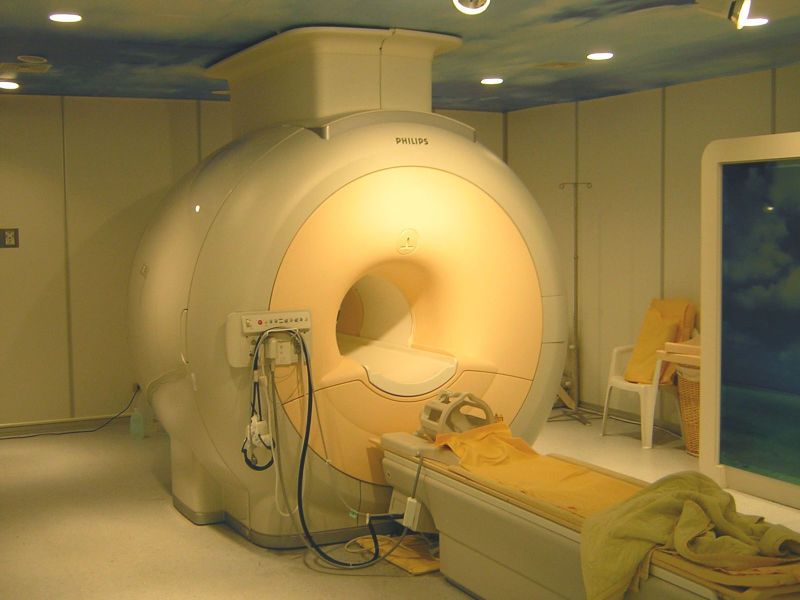 Commentary by Andrew Hardie MD, Body MRI Fellow, NYU Dept of Radiology
Commentary by Andrew Hardie MD, Body MRI Fellow, NYU Dept of Radiology
The recent discovery of a link between Nephrogenic Systemic Fibrosis (NSF) and the administration of gadolinium contrast for MRI examinations has sent the imaging world scrambling. NSF is a debilitating fibrosing reaction primarily involving the skin and, to a variable degree, internal organs. While longitudinal studies currently do not exist to help determine which patients can be safely administered gadolinium, it is clear that severe renal dysfunction, including those patients on dialysis, are at risk. (CJASN 2007;2:264) An additional factor which may increase the risk of NSF is the total dose of gadolinium. Unfortunately, MRI has previously been the imaging method of choice in patients with poor renal function to avoid the use of nephrotoxic iodinated contrast agents used in CT. Although well ingrained in the medical consciousness, this practice has been forced to change.
Radiologic examinations most affected by this change in practice are the evaluation of solid tumors (liver and kidney in particular) and MR angiograms (MRA). At the current time, although MR sequences can visualize solid tumors without gadolinium, the sensitivity and particularly the specificity of the exam is reduced. Further, gadolinium is essential for high quality MRA. The hope is that continued technical advancements in the field will made gadolinium less essential in the future. For now, the risks of NSF vs. contrast nephrotoxity from CT contrast must be weighed for each individual patient.
As no standardized national guidelines for the administration of gadolinium are in place, individual radiology departments have adopted individual guidelines based on the available information. The guidelines in the MRI department at NYU categorize patients based on calculated glomerular filtration rate (GFR) using serum creatinine, age, and weight. Patients with a normal GFR can receive any gadolinium contrast agent. Nevertheless, gadolinium dose is minimized when possible. Patients with a moderately reduced GFR (30-60) should be considered for alternative imaging but can still receive gadolinium. These patients are specifically consented for the risk of NSF and doses are minimized. Patients with a severely reduced GFR (< 30) should only be administered gadolinium under extreme medical necessity. When it is necessary, consent is obtained from the patient and ordering physician. Also, a gadolinium chelate which can be administered in a reduced dose with minimal reduction in image quality, gadobenate dimeglumin (Multihance), may be used.
Because serial dialysis even immediately following gadolinium administration has been shown not to reduce the risk of NSF, patients with end stage renal disease on dialysis should not receive gadolinium. Peritoneal dialysis is an absolute contraindication. In most cases, dialysis patients should undergo CT since nephrotoxicity is no longer an issue. However, non-contrast MR may also be appropriate in some patients.
The medical understanding of NSF is rapidly changing. Clinicians and imagers must continue to closely monitor the progress of ongoing studies and the implications on patient care.
Image courtesy of Wikimedia Commons
